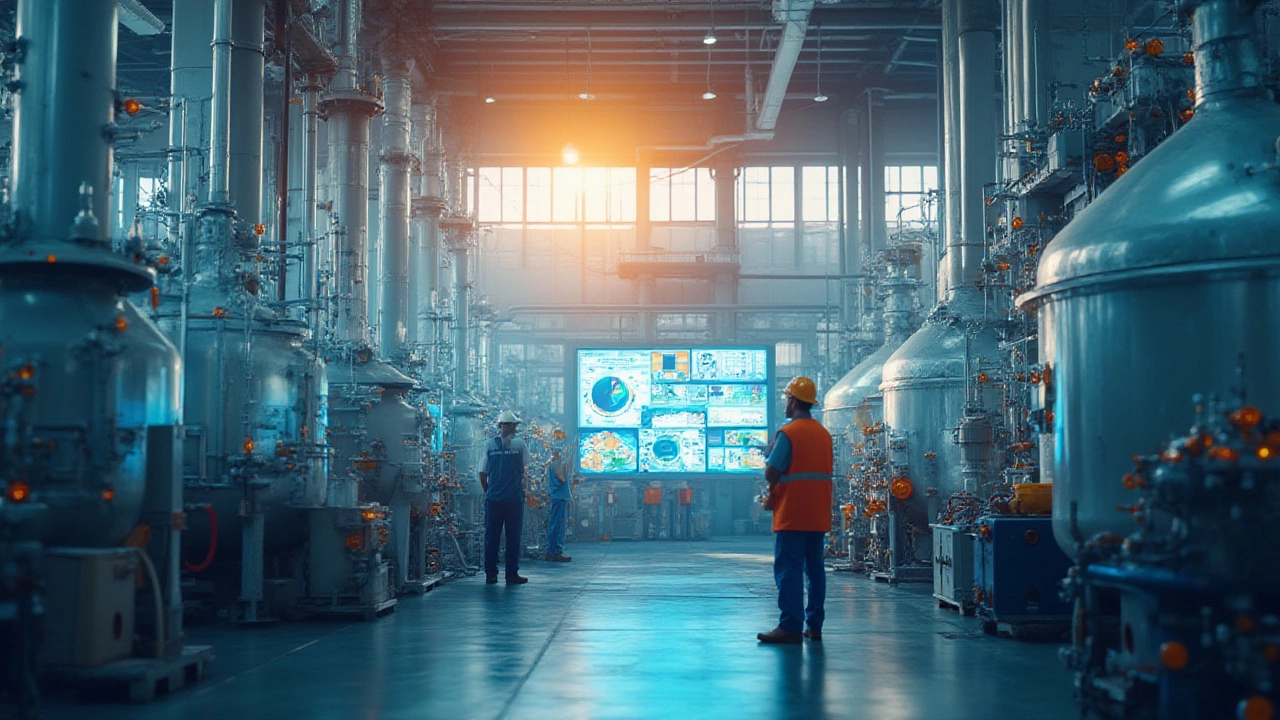Chemical Uses in Indian Manufacturing
Ever wonder why chemicals show up in everything from medicines to everyday plastic bottles? In India’s booming factories, chemicals are the silent workhorses that turn raw ideas into finished products. This guide breaks down the most common uses, so you can see exactly how they fit into the supply chain you care about.
Why chemicals matter across sectors
First off, chemicals aren’t just lab stuff. They’re the glue, the filler, the catalyst that makes production possible. In pharma, active ingredients and solvents turn plant extracts into pills you trust. In plastics, polymer resins and additives give you lightweight, durable containers. Even textiles rely on dyes and finishers to keep fabrics bright and wrinkle‑free. Without these chemicals, the whole line‑up of products would stall.
What’s more, the Indian government’s push for “Make in India” has spurred local chemical plants to step up. New plants mean cheaper inputs for small‑batch manufacturers and faster turnaround for big‑scale factories. So when you hear a manufacturer claim “locally sourced chemicals,” they’re often talking about reduced lead times and lower costs, not just patriotism.
Top chemical applications you should know
1. Solvents in coatings and paints. Solvents dissolve pigments, ensuring a smooth finish on everything from car bodies to home walls. Indian paint firms use water‑based solvents to meet stricter environmental rules while keeping costs low.
2. Catalysts in petrochemicals. Catalysts speed up reactions that turn crude oil into gasoline, ethylene, and other building blocks. The surge in domestic refineries means more jobs and better fuel prices for you.
3. Polymers for packaging. Polyethylene and polypropylene are the go‑to plastics for food wrappers, bottles, and medical trays. Manufacturers blend in stabilizers to extend shelf life, which directly benefits consumers.
4. Agro‑chemicals for farming. Fertilizers and pesticides boost crop yields, feeding a growing population. Indian agro‑chemical firms are now offering bio‑based options that cut down on harmful runoff.
5. Specialty chemicals in electronics. High‑purity acids and etchants pattern printed circuit boards, enabling the smartphones and laptops you use daily. Local production reduces import dependence, keeping prices competitive.
Looking at these examples, a pattern emerges: chemicals are the link between raw material and final product. Whether you run a startup making eco‑friendly shampoo or a multinational producing automotive parts, choosing the right chemical supplier can make or break your margin.When you shop for chemicals, ask about certification, batch consistency, and environmental compliance. Many Indian suppliers now carry ISO and REACH certifications, which means you get quality without the paperwork nightmare.
Bottom line: chemical uses span every major industry in India, and staying informed helps you make smarter buying decisions. Keep an eye on evolving regulations, new green alternatives, and local production trends—they’ll shape the next wave of manufacturing opportunities.

Top Chemicals in High Demand in 2025: Industry Trends and Usage Insights
Explore which chemicals are in highest demand in 2025, what drives their popularity, where they're used, and key industry trends. Essential info for manufacturers.
Read More